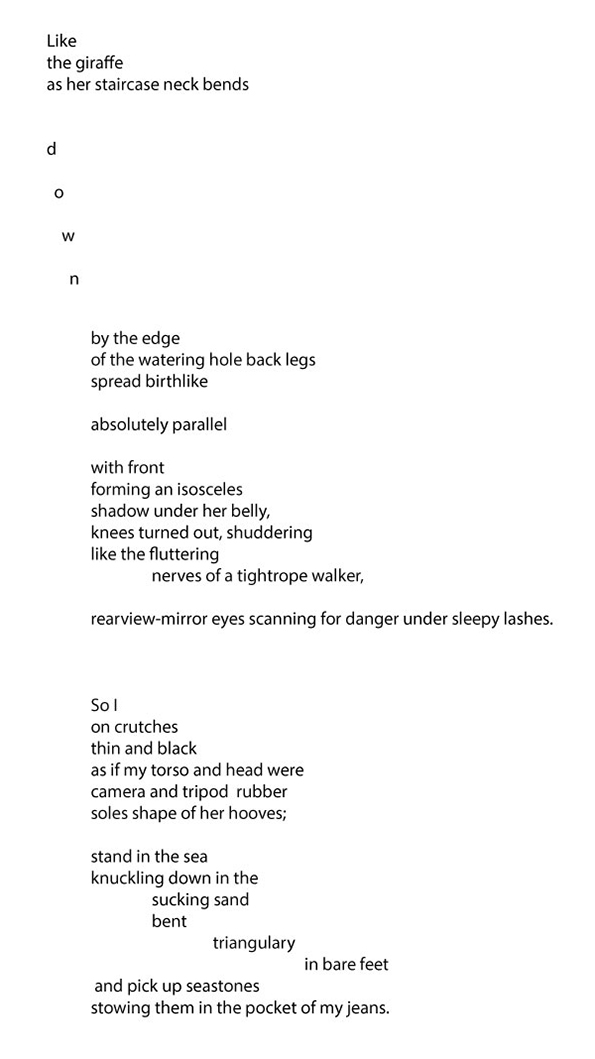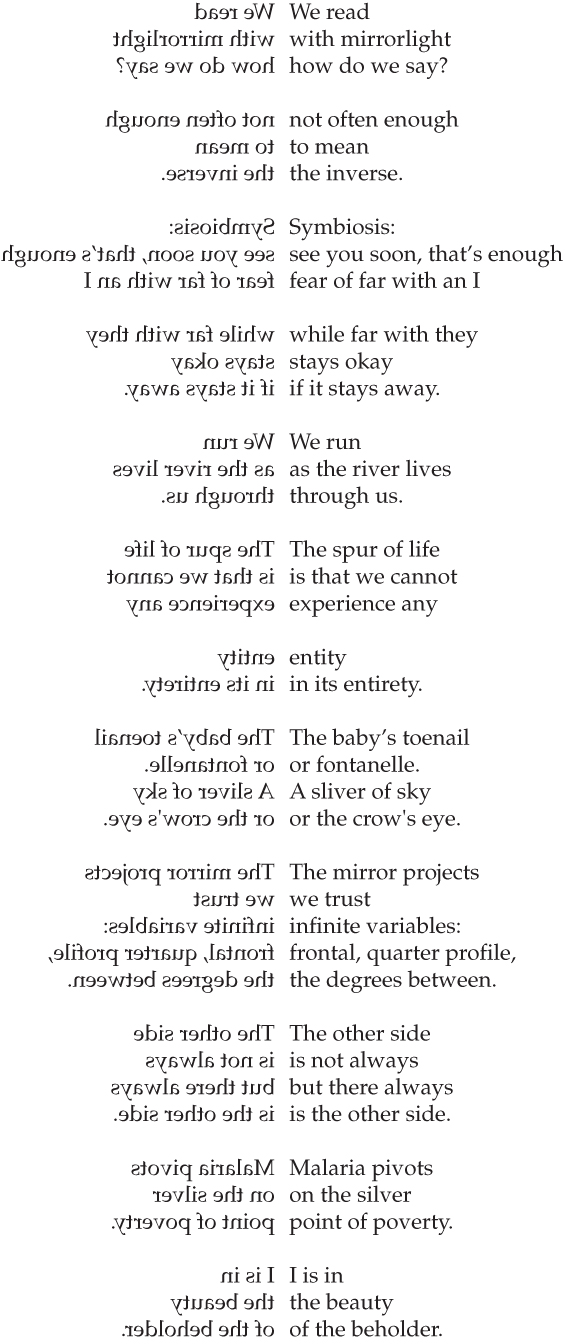The Royal Australasian College of Surgeons has apologised for discrimination, bullying and sexual harassment by surgeons.
The apology comes after a draft report and recommendations were released by an Expert Advisory Group (EAG), commissioned by RACS in response to reports of bullying behaviour in the surgical field.
The report found there is culture of bullying that is considered a ‘rite of passage’ within the College with the intent to prepare trainees for surgery.
Although the report admits that not all surgeons behave ‘badly’, there are individuals or groups who wield power and are repeat offenders. There is a lack of accountability structures in place which results in a major stumbling block for change.
“The EAG Report has identified that many of those affected have not felt they could trust the College to complain,” RACS President, Professor David Watters said in a video message.
“These behaviours have been too long tolerated and have compromised the personal and professional lives of many in the health workforce,” he said.
The report found that 49% of Fellows, Trainees and International Medical Graduates (IMGs) report being subjected to discrimination, bullying or sexual harassment. It also found that 71% of hospitals reported discrimination, bullying or sexual harassment in their hospital in the last five years, with bullying the most frequently reported issue.
EAG Chair, Hon. Rob Knowles AO said: “We have been shocked by what we have heard. The time for action has come.”
Woman told to ‘get tubes tied’
The report found that minority groups, particularly trainees and women, were the main targets of bullying.
Women were subjected to sexual harassment including demands for sexual intercourse and were not considered suitable for surgery by many of the bullies. Survey respondents reported discrimination for pregnancy and for asking surgeons for part time hours or time off to care for sick children.
The report noted comments from survey recipients such as:
“I was told I would only be considered for a job if I had my tubes tied.”
“I was expected to provide sexual favours in his consulting rooms in return for tutorship.”
“I felt sure I was marked down because I didn’t respond to my supervisor’s sexual advances.”
Racial discrimination was a recurrent theme, the EAG reports, with active measures to exclude surgeons from practice in Australia. Survey respondents reported incidents of abuse such as:“They want you out of the country or they want you dead.”
Related: Bullying and harassment: can we solve the problem?
“I still fear that he could ruin my reputation and destroy my life”
The report talked about the fear encountered by surgeons, even in participating in the survey itself. Most of the fear was about career loss, particularly how much time, effort and expense had gone into their career thus far. One respondent wrote: “Reputation is everything…public hospital appointments depend on reputation.”
Respondents felt that power and lack of accountability had led to the issues that exist today. They felt that there was a lack of accountability from top surgeons as well as a lack of accountability and action from hospital administrators.
“There is a hierarchical system which is often dictated by senior consultants behaving in a chauvinistic manner, which I believe has been handed down over time. The acceptance/tolerance of appalling behaviours in the past has no doubt enabled the tradition of bullying/narcissism to continue,” a survey respondent wrote.
Report recommendations
The report has five key recommendations, which include undertaking a review of process in relation to complaints, provide avenues of support including mentoring programs and contact officers.
They say the college should provide for greater measures of accountability, develop training and awareness programs to help lead and influence and continue to review their structures for more inclusive practice.
Professor David Watters says the college fully accepts the recommendations and will publish an Action Plan by the end of November that addresses the issues raised.
“All Fellows, Trainees and International Medical Graduates (IMGs) will need to champion and model the high standards of behaviour we expect of others,” he said. “There is no place for discrimination, bullying or sexual harassment in surgical practice, surgical training or the health sector more broadly,” Professor Watters said.
Read the full report on the RACS website.
The Draft Report is now open for comment about errors of fact or suggestions for action that will strengthen the EAG’s recommendations. Comment can be emailed to eag@surgeons.org by 18 September 2015, before the EAG finalises its recommendations to the College on 21 September 2015.

 more_vert
more_vert
